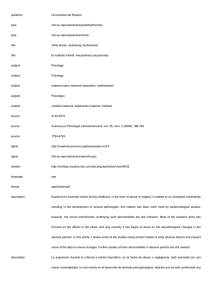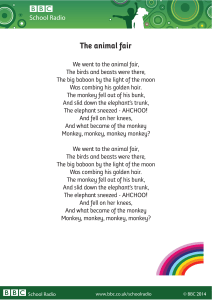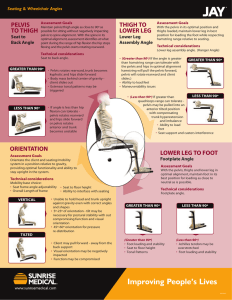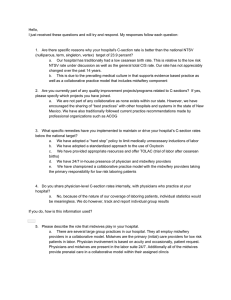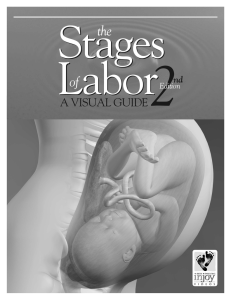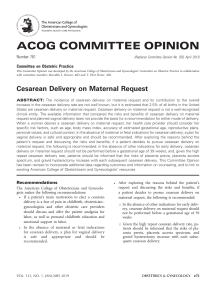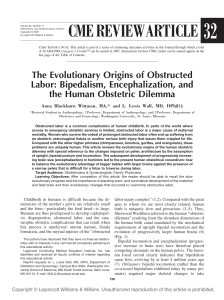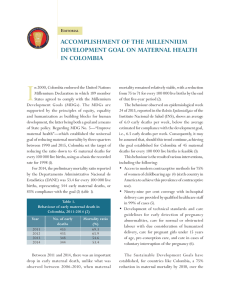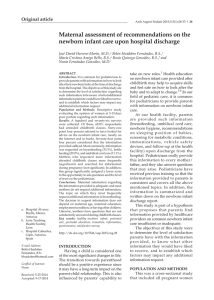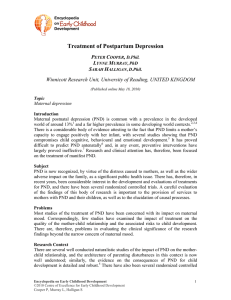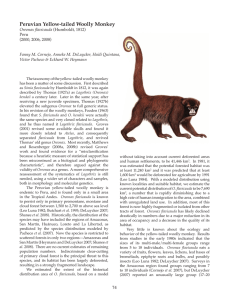The Evolution of Human Birth
Anuncio
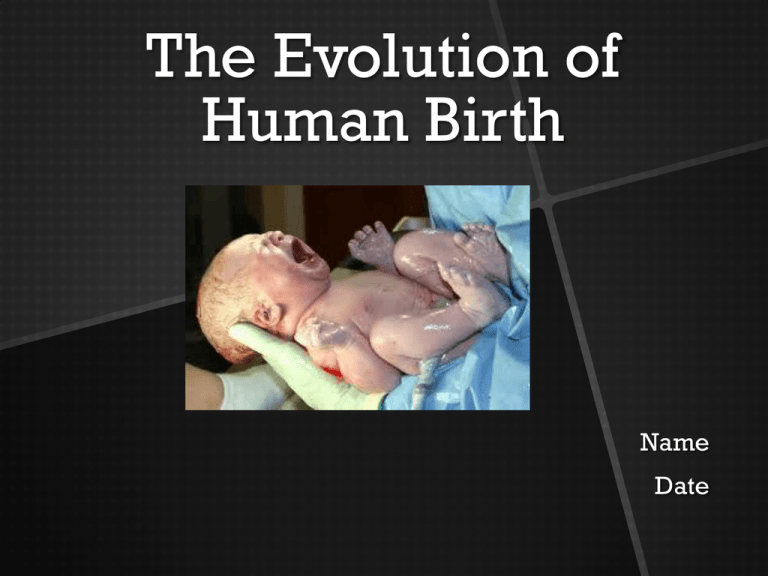
The Evolution of Human Birth Name Date Monkey’s are born facing the same direction of their mother. If humans tried to guide their babies out the way monkey’s do, they risks bending its back awkwardly against the natural curve of its spine. Pulling on a newborn at this angle risks injury to its spinal cord, nerves and muscles. What is the history of the conflict between maternal pelvis and fetal head size prior to the last 150 years? Human birth was constrained by the need to pass a head that was enlarging over geologic time through a pelvis that was being extensively modified by the requirement for bipedality, such that cephalopelvic disproportion is not an uncommon cause of both maternal and fetal death today where Cesarean sections are not readily available. *Human modifications for childbirth include a somewhat flexible cranium due to unfused skull bones in the newborn and maternal pelvis flexibility due to symphyseal ligament relaxation. *The most significant modification in humans compared to other extant primates is altricial birth, which is the birth of helpless newborns As you can see, the pelvic bone of the Neanderthal’s was relatively larger than that of modern humans. The same can be said for this photo of the Australopithecus bones. So, what are you taking away from this? *Women today give birth with the help of doctor’s but used to do it on their own. * Women’s physical pelvic bone shape has changed over time, making it more difficult to deliver a baby. Works Cited Rosenberg, K., & Trevathan, W. (2012). Evolution of human birth. Scientific American, 80-84. http://ezproxy.gavilan.edu/loggedin/evolution_ human_birth.pdf Walsh, J. A. (2008). Evolution & the cesarean section rate. American Biology Teacher (National Association Of Biology Teachers), 70(7), 401404. Weaver, T. D., & Hublin, J. (2009). Neandertal birth canal shape and the evolution of human childbirth. Proceedings Of The National Academy Of Sciences Of The United States Of America, 106(20), 8151-8156. doi:10.1073/pnas.0812554106
